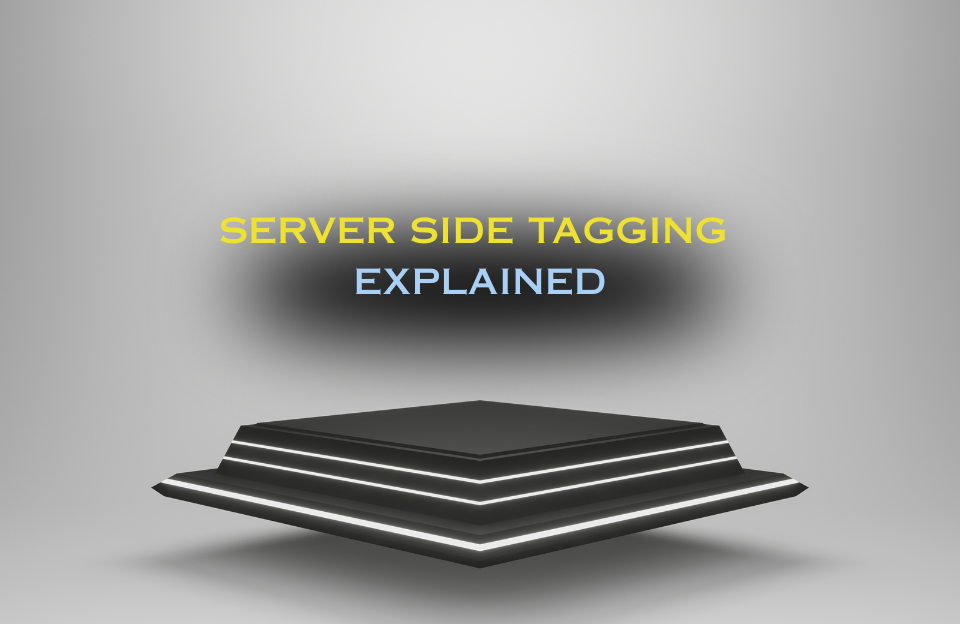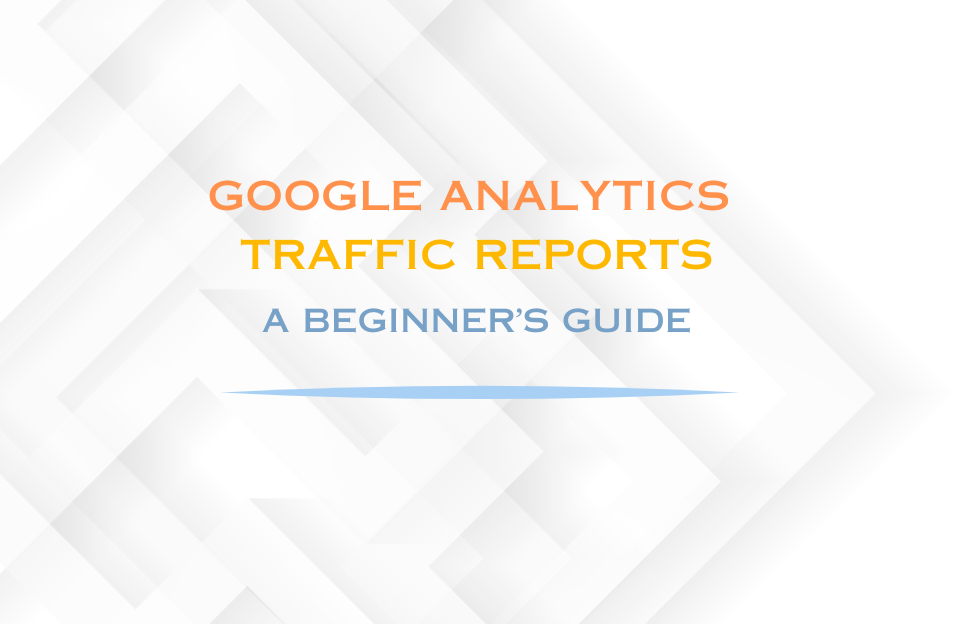Since March 1, 2024, Google Consent Mode v2 has moved from “nice to have” to “non-negotiable” for any advertiser active in the EEA. The reason isn’t only legal; it’s operational. Privacy choices now fragment the very signals your analytics and bidding depend on. Consent Mode v2 standardises how a user’s choice is communicated to Google tags and—crucially—keeps measurement viable by enabling privacy-safe modeling when cookies are restricted. This guide explains why v2 matters right now, how it protects decision quality in GA4 and Google Ads, and why we often prefer Cookie Confirm over Cookiebot in day-to-day implementations.
1) Why Consent Mode v2 matters (more than a legal checkbox)
Most organisations first meet Consent Mode in the context of GDPR and DMA compliance. But if you stop there, you miss its real value: measurement resilience. In a world of stricter browsers, ad blockers, and consent-aware users, “missing data” has become the baseline. Without v2, denied or missing consent simply silences tags. With v2—especially in Advanced Mode—tags emit cookieless pings that allow Google to model conversions and behaviour in aggregate. That difference plays out in three places:
- Attribution: Modeled conversions reduce artificial dips when banner UX or regulations shift, stabilising ROAS and CAC.
- Optimization: Smart Bidding needs feedback. Modeled conversions prevent budget from drifting toward last-click or over-credited channels.
- Reporting discipline: GA4’s behavioural modeling helps keep funnels coherent (sessions, engaged sessions, step-through rates) even as consent mixes change.
2) The four consent signals—and why the new two matter
Consent Mode v2 exposes four signals that resolve to granted or denied:
ad_storage— advertising cookiesanalytics_storage— analytics cookiesad_user_data— ads-related user data (v2)ad_personalization— personalisation & remarketing (v2)
The two v2 additions (ad_user_data and ad_personalization) sharpen control over what data can be used and how it can be used. Practically, this lets you keep measurement robust without accidentally enabling uses a user didn’t consent to.
3) Basic vs Advanced Mode: choose the model, not the gap
| Mode | What happens | Trade-offs |
|---|---|---|
| Basic | Tags fire only with explicit consent. No cookieless pings → no modeling for denied traffic. | Maximises restraint, but leaves large measurement gaps and brittle optimisation. |
| Advanced | Cookieless pings for denied traffic feed behavioral and conversion models. | Best balance for most advertisers: privacy-safe coverage without over-collection. |
Recommendation: Run Advanced Mode by default unless your legal risk model explicitly requires Basic. The lost feedback loop in Basic often costs more—in spend efficiency and decision quality—than it saves.
4) Concrete data benefits you can feel
- Stable north-star metrics: Modeled share cushions volatility when consent rates or UX change.
- Cleaner budget shifts: Reduced undercounting prevents over-allocating to channels that merely appear “stable.”
- Faster diagnostics: Splitting observed vs modeled conversions clarifies whether a dip is traffic quality or consent mechanics.
- Resilient funnels: Behavioral modeling keeps GA4 journeys interpretable as user privacy choices fluctuate.
5) Cookie Confirm vs Cookiebot: why we usually prefer Cookie Confirm
Both are GDPR-compliant and integrate with Consent Mode v2. In hands-on work across multi-domain and multi-locale stacks, we consistently find Cookie Confirm the better default for performance teams. Here’s why:
- Decision-first UX: Clear, minimal UI with equal prominence for choices and the option to remove a “close” X nudges users to decide now. That directly reduces the no-choice cohort that neither accepts nor denies—and that cohort is the single biggest silent killer of data quality.
- Lightweight footprint: Smaller script size and fewer dependencies improve LCP/INP and reduce race conditions with Consent Initialization.
- Straight GTM mapping: Clean hooks to set
ad_storage,analytics_storage,ad_user_data,ad_personalizationwith correct sequencing (Consent Initialization → Initialization → Tags). - Pricing predictability: Typically sharper pricing for the same core outcomes—material for portfolios with many domains or languages.
- Governance fit: Purpose text clarity, flexible styling, and exportable logs simplify legal review, brand guidelines, and audits.
Cookiebot remains a capable, widely integrated CMP. If you already run it, you can absolutely build a robust v2 setup. Our preference for Cookie Confirm is pragmatic: it tends to produce lower no-choice rates and fewer technical edge cases, which translates into steadier modeled coverage and smoother deployments.
6) Implementation blueprint (GTM) that just works
- Consent Initialization first: Fire a “Consent Initialization – Google” tag as early as possible, setting safe defaults (usually
deniedfor all four signals). This prevents accidental pre-consent firing. - Map CMP → v2 signals: On user decision, immediately update the four states. Keep mapping logic in one place for auditability.
- Run Advanced Mode: Enable cookieless pings for denied traffic. This is the lever that powers modeled coverage.
- Sequence for sanity: Respect Consent Initialization → Initialization → Tags; require consent in GA4/Ads tag configurations.
- Validate end-to-end: Use Tag Assistant to verify signals & firing; GA4 DebugView for event integrity; Google Ads for modeled share.
Minimal gtag snippet
<script>
gtag('consent', 'default', {
ad_storage: 'denied',
analytics_storage: 'denied',
ad_user_data: 'denied',
ad_personalization: 'denied',
wait_for_update: 500
});
// On accept from CMP callback:
// gtag('consent', 'update', {
// ad_storage:'granted', analytics_storage:'granted',
// ad_user_data:'granted', ad_personalization:'granted'
// });
</script>
7) Modeling quality: Enhanced Measurement + Enhanced Conversions
Enhanced Measurement (GA4) auto-captures interactions (page views, outbound clicks, file downloads, site search, video engagement) once consent allows. Better observed data on consenting users strengthens the models applied to non-consenting cohorts. Keep it consent-aware: defaults early, update on choice.
Enhanced Conversions (Google Ads) augments attribution with hashed first-party data after a consented action (checkout/lead). Used lawfully, it recovers signal when third-party cookies fail, improving bidding and path-to-conversion clarity. Together with v2, this reduces under-crediting of paid media.
8) The KPI framework: measure what matters
Track these as first-class KPIs, not footnotes:
- Acceptance rate and no-choice rate (aim to minimise no-choice via explicit decision UI).
- Modeled vs observed conversions in Ads and GA4 (share, trend, by campaign).
- Conversion lag and attribution shifts after CMP or banner changes.
- Technical latency between consent event and state update (should be near-instant).
Correlate KPI movements with release notes: banner copy change, UI placement, removal of the close “X”, or performance tweaks. Annotated context turns “modeled share ticked up 8%” into an optimisation lever instead of a mystery.
9) SPA & edge cases you should plan for
- Route changes: Ensure consent state is available before SPA page_view and any auto events on navigation.
- Late consent: If a user accepts mid-session, send updates immediately. New events should reflect the granted states; test this flow.
- Geo-gating: If you suppress the banner outside the EEA, confirm detection accuracy for travellers, VPNs, and privacy browsers.
- Ad blockers: Keep Consent Initialization servered early; avoid brittle dependencies that blockers often target.
10) Server-side tagging (SST): what it helps—and what it doesn’t
SST reduces client-side noise, improves tag reliability, and strengthens first-party contexts (custom domains, better cache control). It does not bypass consent; it respects the same signals. In practice, SST lowers race conditions around consent events and stabilises payload delivery—useful in high-traffic or performance-sensitive sites.
11) A practical uplift story (illustrative)
Consider a retailer with €100k true revenue attributable to paid + organic. Pre-v2, low acceptance and a 25% no-choice cohort meant Ads saw roughly €40k “observed” value; Smart Bidding reacted by under-investing in top-funnel queries and over-crediting branded last-click. After moving to Cookie Confirm (explicit decision UI, no close “X”) and enabling v2 Advanced Mode, the no-choice cohort dropped to 8–12%, modeled share picked up the gaps, and Ads reported €70–€78k combined observed + modeled value. That stabilised ROAS, returned volume to profitable auctions, and reduced the “why did it crash this week?” anxiety after every banner tweak.
Note: Your exact lift will vary by vertical, consent culture, and traffic mix. The point is directionally consistent: lower unclassified users + modeled coverage → fewer blind spots.
12) Common pitfalls (and how to avoid them)
- Skipping Consent Initialization: If defaults don’t load first, you risk pre-consent firing and audit pain later.
- Mismatched purposes: Align CMP categories with v2 signals; keep mapping logic central and documented.
- No-choice UX: Make an explicit decision required; give equal prominence to options to avoid dark patterns.
- Fragmented ownership: Spread setups fail audits. Assign a single owner and keep change logs.
- Untested SPA flows: Route changes must respect consent; add automated tests where possible.
13) Step-by-step launch checklist
- Pick a GDPR-compliant CMP. We generally start with Cookie Confirm for UX, speed, and pricing.
- Implement v2 in Advanced Mode with the four signals and Consent Initialization first.
- Enable Enhanced Measurement (consent-aware) in GA4 and implement Enhanced Conversions in Ads where you have lawful basis.
- Define KPIs (acceptance, no-choice, modeled share, lag) and add annotations for every UX or legal change.
- Run a two-week A/B on banner UI (explicit choice vs dismissible) and choose the variant that minimises no-choice while staying compliant.
- Document mapping, sequencing, and rollback steps for audits and onboarding.
14) Conclusion: resilience beats reactivity
Consent Mode v2 is not just compliance plumbing; it’s the backbone of resilient measurement. Run Advanced Mode, map the four signals cleanly, and keep Enhanced Measurement and Enhanced Conversions in play where lawful. Choose a CMP that minimises the no-choice segment and avoids technical friction—our default is Cookie Confirm for exactly those reasons. With the right setup, you’ll spend less time “explaining the dip” and more time investing confidently in what works.
Further reading
What is Google Consent Mode v2 in one sentence?
A framework that communicates a user’s consent choices to Google tags and, in Advanced Mode, enables privacy-safe modeling when cookies are restricted
Is Consent Mode v2 mandatory?
If you use Google tags for Ads or Analytics in the EEA, you need a compliant consent solution and must respect the v2 signals. Treat v2 as the standard to keep tags lawful and measurement usable.
What is the difference between Basic and Advanced Mode?
Basic fires tags only after consent is granted. Advanced also sends cookieless pings when consent is denied or missing, which enables behavioral and conversion modeling. Most performance teams prefer Advanced because it preserves feedback loops.
How trustworthy is modeled data for budgeting and bidding?
Modeled conversions are designed to be directionally accurate and reduce systematic undercounting. Use them for optimisation and channel allocation, verify with business outcomes, and annotate major banner or UX changes.
How does Enhanced Measurement improve modeling?
Enhanced Measurement increases the quality and consistency of observed GA4 events on consenting traffic. Better observed data helps models make more reliable estimates for non-consenting cohorts. Keep Enhanced Measurement consent-aware.
Where do I see modeled vs observed conversions?
In Google Ads you can inspect the share of modeled conversions per conversion action. Track that share over time and correlate changes with consent rates or banner experiments.
Does Advanced Mode store personal data without consent?
No. Cookieless pings are aggregated and do not set or read advertising or analytics cookies. They provide limited signals that models use to estimate trends at an aggregate level.
How is Enhanced Conversions different from Consent Mode?
Consent Mode governs when and how tags fire and whether modeling is used. Enhanced Conversions sends hashed first-party identifiers after a consented action to improve Ads attribution. They are complementary.
Does server-side tagging bypass consent?
No. Server-side GTM respects the same consent states. Its value is stability and control: fewer client-side race conditions, better reliability, and first-party contexts.
We run a single-page app. Anything special to do?
Yes. Ensure consent state is available before SPA route changes trigger page_view or auto events. Test late-consent journeys and verify that events after the update reflect the new states.
Can Consent Mode v2 recover remarketing when users deny consent?
No. Remarketing and personalisation rely on the appropriate consent being granted. Modeling can fill reporting gaps but does not override user choices.
What are the most important KPIs to monitor?
Consent acceptance rate and the size of the “no-choice” segment
Modeled vs observed share per conversion action
Conversion lag and attribution shifts after banner changes
Latency between the user decision and the consent update firing
Cookie Confirm vs Cookiebot: why choose Cookie Confirm?
We generally prefer Cookie Confirm for a lean, decision-oriented UI, a lightweight script footprint, straightforward GTM mapping of the four v2 signals, and predictable pricing. These traits reduce the “no-choice” cohort and technical friction, which improves modeled coverage.
Is removing the close “X” allowed?
Many teams remove dismiss options to encourage an explicit decision and reduce the unclassified segment. Ensure options are presented with equal prominence and follow your legal guidance and local UX norms.
What should be documented for audits?
Consent flow diagrams and UI screenshots per locale
Mapping of CMP purposes to the four v2 signals
Tag sequencing (Consent Initialization → Initialization → Tags)
Change log of banner text, placement, and experiments
Consent logs and retention policies
Can I run Basic Mode to be “safer” legally?
Basic is acceptable but creates larger measurement gaps and weaker optimisation. Many organisations choose Advanced with a fair banner, clear wording, and proper logging, balancing compliance and data needs.
What are quick wins to improve data quality this month?
Switch to Advanced Mode and verify sequencing
Adopt a decision-first banner to cut the no-choice rate
Enable consent-aware Enhanced Measurement in GA4
Implement Enhanced Conversions for key actions where lawful
Add annotations around every banner or CMP change




